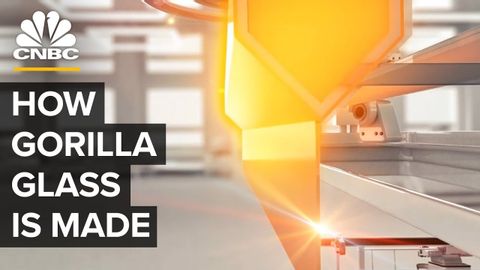Inside Corning's Gorilla Glass Factory
joey joey が 2021 年 05 月 16 日 に投稿  この条件に一致する単語はありません
この条件に一致する単語はありませんUS /ˈprɑsˌɛs, ˈproˌsɛs/
・
UK /prə'ses/
- v.t.(コンピュータの)データを処理する;処理する;処理する;一連の工程を経る;加工する : 加工処理する;理解する
- n. (c./u.)手続き;一連の行為;方法;訴訟手続き;プロセス (コンピューター)
- adj.噛みにくい;骨の折れる : つらい : きつい;厳しい;(物が)丈夫な : 頑丈な;強い;話しづらい;暴力的な
- n.タフな人
- v.t.鍛える
- v.t./i.耐え抜く
US /ɪk'strimlɪ/
・
UK /ɪkˈstri:mli/
- v.t./i.出場する;計算する;思う;思う
- n.姿 : 体形;数字;人物像;図表;著名人;姿の輪郭;数字
エネルギーを使用
すべての単語を解除
発音・解説・フィルター機能を解除

